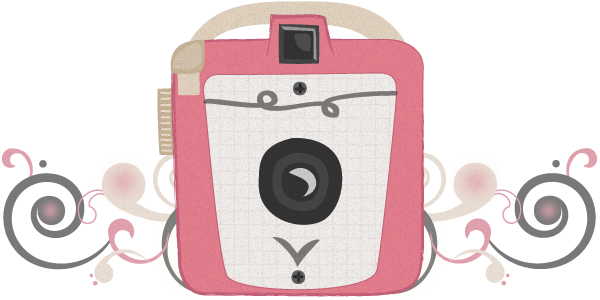Eat your hair out. It may sound strange or weird but it happens all the time. People who eat their hair suffer from a disease called trichophagia. It is also known as the Rapunzel Syndrome in which 30% also suffer from the sister hair puling disease called trichotillomania.
24 year old Abigail Sommers suffered from trichophagia during adolescent. “I don’t remember what age I was when I began eating my hair.” “But I had been eating for as long as I can remember” she said. Abigail said she thought it was normal to chew on her hair and didn’t think much of it. However, when she began to have abdominal pain, nausea, and vomiting, she thought it to be a stomach virus of some sort. “The symptoms would come and go” she said. Abigail would take over the counter medicine such to alleviate the pain. She did not know her condition was more serious than she thought.
The disease is called trichophagia but the disorder that causes a person to do this is called Pica. Pica is an eating disorder typically defined as the persistent ingestion of nonnutritive substances for a period of at least 1 month. Individuals with pica have been reported to mouth and/or ingest a wide variety of nonfood substances, including, but not limited to, clay, dirt, sand, stones, pebbles, hair, feces, lead, laundry starch, vinyl gloves, plastic, pencil erasers, ice, fingernails, paper, paint chips, coal, chalk, wood, plaster, light bulbs, needles, string, cigarette butts, wire, and burnt matches.
Of course in Abigail’s case it was the chewing and swallowing of hair. At the age of 19 she noticed that over the counter medications stopped working properly and sought medical attention. During her first E.R visit the Dr. asked if she noticed any changes in her bodily functions. She told him about the nausea, foul vomiting, and abdominal pain. There was also a change in her bowel movement. She didn’t go on a daily basis and when she did it wasn’t very much. The Dr. attributed her symptoms to constipation. He informed her that because her body couldn’t get rid of its waste in the normal fashion, it began to go in reverse causing the foul smelling vomit. “He gave me a prescription of colace and said to drink plenty of water” she said. Colace is a stool softener that makes bowel movements softer and easier to pass. It is also used to treat or prevent constipation, and reduce pain or rectal damage caused by hard stools or by straining during bowel movements.
Abigail took the medicine as prescribed for two weeks. During that time she began to have a slight change in bowel movement but “I felt tired and sluggish more often than not” she said. She was still having the foul smelling vomit, nausea and abdominal pain, so she sought medical attention a second time. This time she informed the Dr. that there was a little blood in her bowel movement. The Dr. took a stool sample and sent Abigail to receive a gastrointestinal x-ray. The results were a bit shocking. The doctor found strands of hair in the minimal amount of stool and the x-ray showed a small mass. The small mass was found out to be a trichobezoar. Hair is indigestible, and if eaten for long periods of time remains in the digestive tract forming a trichobezoar or hair ball.
“I was in a state of shock to learn that chewing my hair caused all this” said Abigail. The trichobezoar had to be removed laparoscopically. Needless to say, Abigail’s hair chewing and swallowing days were over. “It had been a habit for so long that I still get urges to chew it, but I don’t” she said. Abigail even cut her hair to minimize her wanting to put it in her mouth. Chewing hair may seem like an innocent pass time but the results can have lead to serious health issues.

